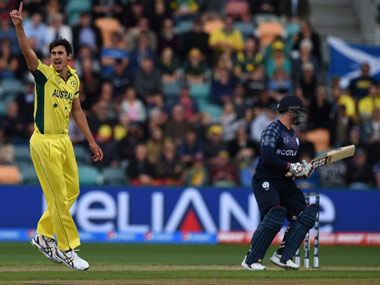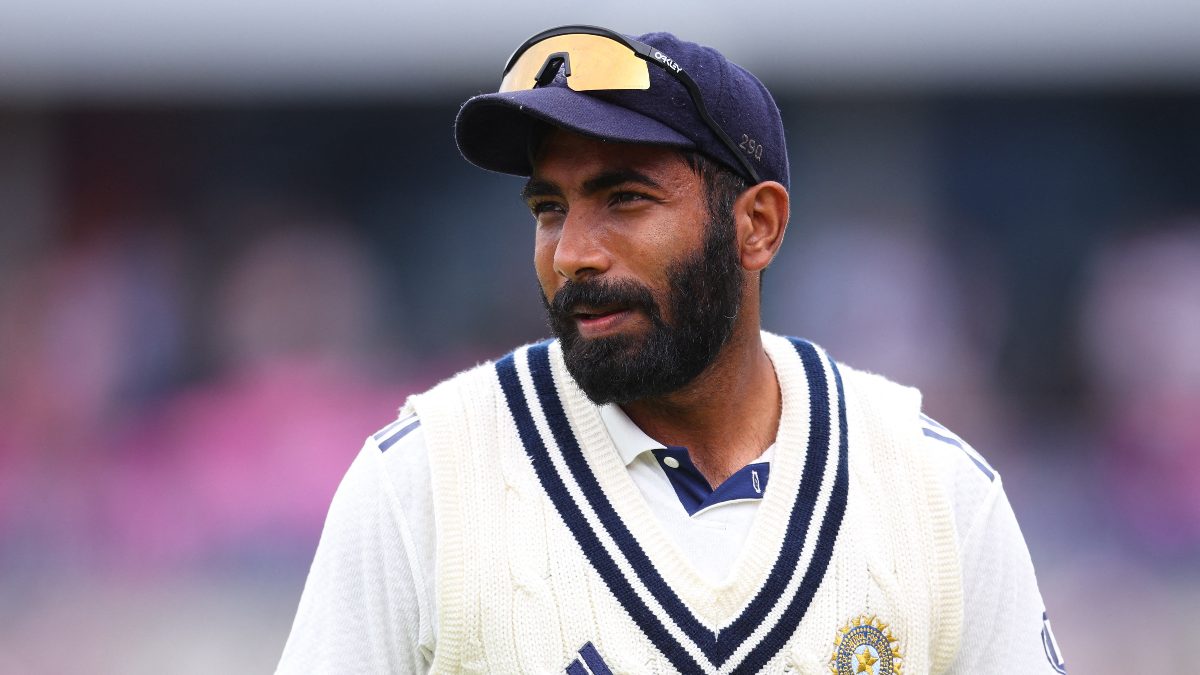In a World Cup that has been defined by batting histrionics, the teams with the four best bowling attacks are in the semi-finals. Flat tracks and small boundaries reduce the difference in quality between batsmen. They also exacerbate the difference between bowlers. Small margins of error are magnified. Either you land the perfect yorker or you get hit for six (just ask West Indies captain Jason Holder). The best bowlers, however, not only survive but can thrive because the batsmen take more risks when they play more shots. Put another way, in this tournament, there has been no room for a bowling middle class. Teams are either rich or poor. And India, Australia, South Africa and New Zealand are the fattest cats around. [caption id=“attachment_2168343” align=“alignleft” width=“380”]  Mitchell Starc’s bowling has played a crucial role in Australia’s success. AFP[/caption] India has taken a remarkable 70 wickets out of 70. Not only have they bowled out every one of their opponents, they haven’t allowed a single team to score 300. This in a tournament where there have been a record number of scores over 300 and 400. India’s performance with the ball is the single most surprising thing about this tournament. The other three are not far behind, though. Australia has taken 59 out of a possible 60 wickets (98.33 percent). They did allow Sri Lanka to make 312 but that was after they had made 376. New Zealand and South Africa have both taken 67 out of a possible 70 wickets (95.71 percent). Like India, New Zealand also haven’t allowed a single team to reach 300. Like Australia, South Africa have allowed just one team to do so – India. Their success hasn’t all come in the same way. India have relied on the bouncer while New Zealand have pitched the ball up and swung it. India have played two spinners in every game; Australia chosen not to have a front-line spinner at all. South Africa’s best bowler has been legspinner Imran Tahir. What they do have in common is the combination of bowling depth – all four attacks hunt as a pack – and aggressive, attacking captaincy. There is no respite for opposing batsmen, no release of mental pressure. “We are backing one good over followed by another good over,” India captain MS Dhoni said India beat the West Indies in the group stage. “That actually increases the pressure, and finally you get a wicket out of it.” It is a sentiment that applies equally to all four teams. If a batsman sees off Tim Southee, he still has to contend with Trent Boult. If he blunts Dale Steyn, he still has to face up to Morne Morkel. If he manages both, he has to unravel the mysteries of Daniel Vettori or Imran Tahir. It is a 50-over examination whose subject is the entire world of batting. Few have managed to pass it so far. And with the captains wanting wickets, their bowlers have been free to attack rather than worry about conceding too many runs. Pakistan did not make the semis but Pakistan fast bowler Wahab Riaz said it best on ESPNcricinfo: “When the captain is asking you to attack, it’s a very supportive thing for you because then you can give everything whether you go for runs or the batsman defends you. When the captain says, ‘Just go and attack’, that’s what every bowler wants. The success of the pack can be seen in the success of individuals within the pack. Four India bowlers have taken at least 10 wickets. It is the same way with New Zealand, while South African have three bowlers with at least 10 wickets and one with nine. The only exception is Australia, where Mitchell Starc has 18 wickets and Mitchell Johnson 10, but no one else has more than six. That anomaly is the result of Australia’s constantly changing bowling line-up. India have played the same side in every game. Australia have yet to play the same side twice. In Starc, Australia also has the standout bowler in the tournament. Boult might have one more wicket but Starc’s average of 9.77 is eye-popping. His economy-rate of 3.74 and strike-rate of 15.6 are also the best in the tournament. While the rest of the world has moved on to bowling bouncers, Starc has shown the single most effective delivery at the death is still the swinging yorker, something New Zealand learned first hand when they appeared to be cruising to victory against Australia in the group stage but only managed to hang on by width of Kane Williamson’s bat. Not that the others are far behind: Shami has 17 wickets at an average of 13.29; Boult 19 at an average of 14.63 and Tahir 15 at an average of 18.86. The brilliance of the bowling is also why the script could be flipped on its head from here on and batting becomes the difference maker. When the bowling is of such high quality, the team that lifts the World Cup is likely to be the one whose batsmen keep their head while those around them are losing theirs.
in this tournament, there has been no room for a bowling middle class. Teams are either rich or poor.
Advertisement
End of Article
Written by Tariq Engineer
Tariq Engineer is a sports tragic who willingly forgoes sleep for the pleasure of watching live events around the globe on television. His dream is to attend all four tennis Grand Slams and all four golf Grand Slams in the same year, though he is prepared to settle for Wimbledon and the Masters. see more


)

)
)
)
)
)
)
)
)



